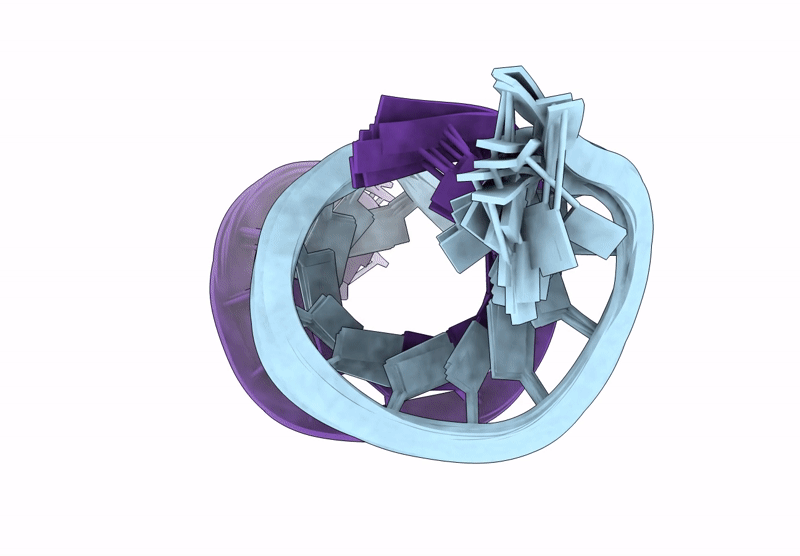
Deposition Date
2024-10-28
Release Date
2025-01-22
Last Version Date
2025-02-12
Entry Detail
PDB ID:
9KAD
Keywords:
Title:
Solution NMR structure of an RNA duplex containing pure CAG repeats
Biological Source:
Source Organism:
Homo sapiens (Taxon ID: 9606)
Method Details:
Experimental Method:
Conformers Calculated:
200
Conformers Submitted:
10
Selection Criteria:
structures with the least restraint violations


